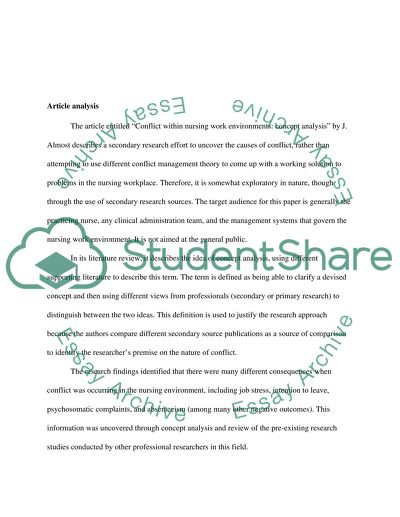Cite this document
(“Critical Analysis two Prescribed Journal Articles Essay”, n.d.)
Retrieved from https://studentshare.org/miscellaneous/1564925-critical-analysis-two-prescribed-journal-articles
Retrieved from https://studentshare.org/miscellaneous/1564925-critical-analysis-two-prescribed-journal-articles
(Critical Analysis Two Prescribed Journal Articles Essay)
https://studentshare.org/miscellaneous/1564925-critical-analysis-two-prescribed-journal-articles.
https://studentshare.org/miscellaneous/1564925-critical-analysis-two-prescribed-journal-articles.
“Critical Analysis Two Prescribed Journal Articles Essay”, n.d. https://studentshare.org/miscellaneous/1564925-critical-analysis-two-prescribed-journal-articles.


